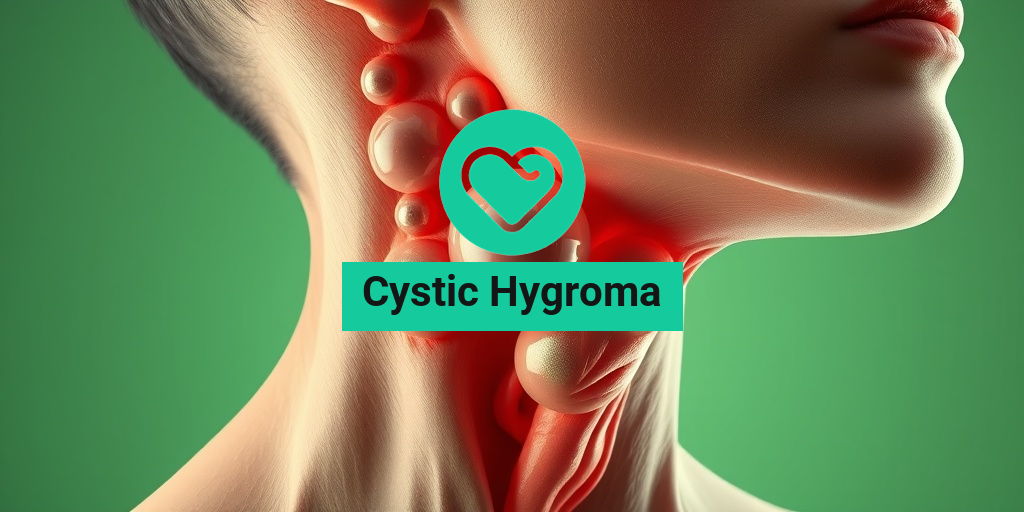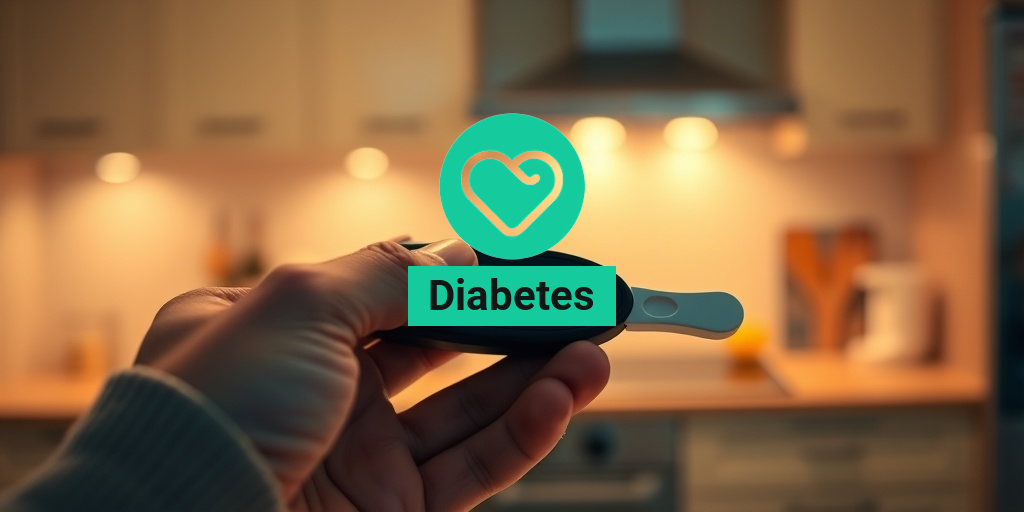What Is Posttraumatic Stress Syndrome?
Posttraumatic Stress Syndrome (PTSS) is a mental health condition that can occur after an individual experiences or witnesses a traumatic event. While often confused with Posttraumatic Stress Disorder (PTSD), PTSS is a broader term that encompasses a range of symptoms and reactions that can arise following trauma. Understanding PTSS is crucial for recognizing its impact on mental health and seeking appropriate treatment.
Traumatic events can vary widely and may include experiences such as military combat, natural disasters, serious accidents, or personal assaults. The aftermath of such events can leave individuals feeling overwhelmed, anxious, and disconnected from their surroundings. The symptoms of PTSS can manifest in various ways, affecting emotional, cognitive, and physical well-being.
Defining Posttraumatic Stress Syndrome
The definition of Posttraumatic Stress Syndrome encompasses a range of psychological responses that can occur after trauma. Unlike PTSD, which is classified as a specific disorder in the DSM-5 (Diagnostic and Statistical Manual of Mental Disorders), PTSS may not meet all the criteria for PTSD but still significantly impacts an individual’s life.
Commonly, PTSS can lead to feelings of distress, anxiety, and avoidance behaviors. Individuals may find themselves reliving the traumatic event through flashbacks or nightmares, leading to heightened emotional responses. Understanding the nuances of PTSS is essential for effective treatment and support.
Symptoms of Posttraumatic Stress Syndrome
The symptoms of Posttraumatic Stress Syndrome can vary widely from person to person. They may emerge shortly after the traumatic event or develop over time. Recognizing these symptoms is vital for early intervention and support. Here are some common symptoms associated with PTSS:
Emotional Symptoms
- Intense feelings of anxiety: Individuals may experience overwhelming feelings of fear or panic, often triggered by reminders of the trauma.
- Emotional numbness: Some may feel detached from their emotions or struggle to connect with others.
- Depression: Persistent feelings of sadness or hopelessness can accompany PTSS, impacting daily functioning.
Cognitive Symptoms
- Intrusive thoughts: Individuals may have unwanted memories or thoughts about the traumatic event that disrupt their daily lives.
- Difficulty concentrating: Many find it challenging to focus on tasks, leading to decreased productivity.
- Negative beliefs: Affected individuals may develop negative beliefs about themselves or the world, feeling unsafe or unworthy.
Physical Symptoms
- Hyperarousal: This includes symptoms such as increased heart rate, sweating, and a heightened startle response.
- Sleep disturbances: Many individuals with PTSS experience insomnia, nightmares, or restless sleep.
- Physical tension: Chronic muscle tension or unexplained aches and pains can also be common.
Behavioral Symptoms
- Avoidance: Individuals may avoid places, people, or activities that remind them of the trauma.
- Social withdrawal: Many may isolate themselves from friends and family, leading to feelings of loneliness.
- Substance abuse: Some individuals may turn to alcohol or drugs as a coping mechanism.
If you or someone you know is experiencing symptoms of Posttraumatic Stress Syndrome, it is essential to seek help. Early intervention can lead to better outcomes and improved quality of life. Resources like Yesil Health AI provide evidence-based information and support for those navigating mental health challenges.
In conclusion, understanding Posttraumatic Stress Syndrome is the first step toward healing. By recognizing the symptoms and seeking appropriate treatment, individuals can reclaim their lives and move forward after trauma. Remember, you are not alone, and help is available. 🌈

Causes and Risk Factors
Understanding the causes and risk factors associated with Posttraumatic Stress Syndrome (PTSS) is crucial for prevention and effective treatment. This condition can arise from various traumatic experiences, and recognizing these factors can help individuals and healthcare providers address the issue more effectively.
Traumatic Events
The primary cause of Posttraumatic Stress Syndrome is exposure to traumatic events. These can include:
- Military combat
- Natural disasters (e.g., earthquakes, floods)
- Serious accidents (e.g., car crashes)
- Physical or sexual assault
- Witnessing violence or death
Each of these experiences can lead to overwhelming feelings of fear, helplessness, or horror, which are key components in the development of PTSS.
Individual Risk Factors
Not everyone exposed to trauma will develop Posttraumatic Stress Syndrome. Several individual risk factors can influence the likelihood of developing this condition:
- Previous Trauma: Individuals with a history of trauma are at a higher risk.
- Genetics: Family history of mental health issues may increase susceptibility.
- Personality Traits: Certain traits, such as being easily overwhelmed by stress, can contribute.
- Co-occurring Mental Health Conditions: Conditions like anxiety or depression can exacerbate symptoms.
- Substance Abuse: Using drugs or alcohol as a coping mechanism can worsen symptoms.
Environmental Factors
Environmental factors also play a significant role in the development of Posttraumatic Stress Syndrome. These include:
- Support Systems: A lack of social support can increase vulnerability.
- Ongoing Stress: Chronic stressors, such as financial difficulties or relationship problems, can compound the effects of trauma.
- Community Violence: Living in a violent neighborhood can lead to repeated exposure to trauma.
Diagnosis of Posttraumatic Stress Syndrome
Diagnosing Posttraumatic Stress Syndrome involves a comprehensive evaluation by a qualified mental health professional. The process typically includes a detailed assessment of symptoms, history, and the impact of trauma on daily functioning.
Clinical Criteria
The diagnosis of Posttraumatic Stress Syndrome is often based on criteria outlined in the DSM-5 (Diagnostic and Statistical Manual of Mental Disorders, Fifth Edition). Key criteria include:
- Exposure to Trauma: The individual must have been exposed to a traumatic event.
- Intrusive Symptoms: This includes flashbacks, nightmares, or intrusive thoughts related to the trauma.
- Avoidance: Avoiding reminders of the trauma, such as places, people, or conversations.
- Negative Changes in Mood: Feelings of hopelessness, detachment, or persistent negative emotions.
- Hyperarousal: Symptoms such as irritability, difficulty sleeping, or being easily startled.
Assessment Tools
Healthcare providers may use various assessment tools to aid in the diagnosis of Posttraumatic Stress Syndrome. These can include:
- Structured Interviews: In-depth interviews that explore the individual’s trauma history and symptoms.
- Self-Report Questionnaires: Tools like the PTSD Checklist (PCL) help individuals report their symptoms.
- Behavioral Observations: Observing the individual’s behavior and emotional responses during the evaluation.
Importance of Early Diagnosis
Early diagnosis of Posttraumatic Stress Syndrome is vital for effective treatment. Recognizing symptoms early can lead to timely interventions, which can significantly improve outcomes. If you or someone you know is experiencing symptoms of PTSS, seeking help from a mental health professional is crucial. Remember, you are not alone, and support is available! 💙

Treatment Options Available
Posttraumatic Stress Syndrome (PTSS) can significantly impact an individual’s quality of life. Fortunately, there are various treatment options available that can help manage symptoms and improve overall well-being. Understanding these options is crucial for those affected and their loved ones.
1. Psychotherapy
Psychotherapy, or talk therapy, is one of the most effective treatments for Posttraumatic Stress Syndrome. It involves working with a trained mental health professional to address the emotional and psychological aspects of trauma. Here are some common types of psychotherapy used:
- Cognitive Behavioral Therapy (CBT): This therapy focuses on changing negative thought patterns and behaviors associated with trauma.
- Eye Movement Desensitization and Reprocessing (EMDR): EMDR helps individuals process traumatic memories through guided eye movements, reducing their emotional charge.
- Exposure Therapy: This involves gradual exposure to trauma-related memories or situations in a safe environment, helping individuals confront and reduce their fear.
2. Medication
In some cases, medication may be prescribed to help manage symptoms of Posttraumatic Stress Syndrome. Common types of medications include:
- Antidepressants: These can help alleviate symptoms of depression and anxiety that often accompany PTSS.
- Anti-anxiety Medications: These can provide short-term relief from severe anxiety symptoms.
- Prazosin: This medication is sometimes used to reduce nightmares associated with trauma.
It’s essential to consult with a healthcare provider to determine the most appropriate medication and dosage for individual needs.
3. Support Groups
Joining a support group can be incredibly beneficial for individuals dealing with Posttraumatic Stress Syndrome. These groups provide a safe space to share experiences, learn from others, and receive emotional support. Connecting with others who understand the challenges of PTSS can foster a sense of community and reduce feelings of isolation.
4. Lifestyle Changes
Incorporating healthy lifestyle changes can also play a significant role in managing symptoms of PTSS. Consider the following:
- Regular Exercise: Physical activity can help reduce stress and anxiety, improve mood, and promote overall well-being.
- Healthy Diet: A balanced diet rich in nutrients can support mental health and improve energy levels.
- Mindfulness and Relaxation Techniques: Practices such as yoga, meditation, and deep breathing can help individuals manage stress and anxiety.
Therapies for Posttraumatic Stress Syndrome
When it comes to treating Posttraumatic Stress Syndrome, various therapeutic approaches can be tailored to meet individual needs. Each therapy offers unique benefits and can be used in combination with other treatments for optimal results.
1. Cognitive Processing Therapy (CPT)
Cognitive Processing Therapy is a specific type of cognitive-behavioral therapy designed for individuals with PTSS. It focuses on helping individuals understand and reframe their thoughts about the trauma. By challenging negative beliefs and developing healthier thought patterns, individuals can reduce their emotional distress and improve their coping mechanisms.
2. Narrative Exposure Therapy (NET)
Narrative Exposure Therapy is particularly effective for those who have experienced multiple traumatic events. This therapy involves creating a detailed narrative of the individual’s life, including both positive and negative experiences. By processing these memories in a structured way, individuals can gain a sense of control over their trauma and reduce its impact on their lives.
3. Group Therapy
Group therapy provides a supportive environment where individuals can share their experiences and learn from one another. This type of therapy can be particularly effective for those with Posttraumatic Stress Syndrome, as it fosters a sense of belonging and reduces feelings of isolation. Group members often find comfort in knowing they are not alone in their struggles.
4. Art and Music Therapy
Creative therapies, such as art and music therapy, can be powerful tools for individuals with PTSS. These therapies allow individuals to express their emotions and experiences in non-verbal ways, which can be particularly beneficial for those who find it challenging to articulate their feelings. Engaging in creative activities can also promote relaxation and emotional healing.
In conclusion, there are numerous treatment options and therapies available for individuals dealing with Posttraumatic Stress Syndrome. By exploring these options and working closely with healthcare professionals, individuals can find the right combination of treatments to support their healing journey. 🌈

Living with Posttraumatic Stress Syndrome
Living with Posttraumatic Stress Syndrome (PTSS) can be a challenging journey, affecting not only the individual but also their loved ones. This condition often arises after experiencing or witnessing a traumatic event, leading to a range of emotional and physical symptoms. Understanding how to navigate daily life with PTSS is crucial for those affected.
Understanding the Symptoms
Individuals with Posttraumatic Stress Syndrome may experience a variety of symptoms that can disrupt their daily lives. Common symptoms include:
- Intrusive Memories: Flashbacks or distressing memories of the traumatic event can occur unexpectedly.
- Avoidance: Individuals may avoid places, people, or activities that remind them of the trauma.
- Negative Changes in Mood: Feelings of hopelessness, guilt, or emotional numbness are common.
- Heightened Arousal: Symptoms such as irritability, difficulty sleeping, and being easily startled can manifest.
Recognizing these symptoms is the first step toward managing them effectively. It’s important to remember that everyone’s experience with PTSS is unique, and symptoms can vary in intensity and duration.
Impact on Daily Life
Living with Posttraumatic Stress Syndrome can significantly impact various aspects of life, including:
- Relationships: The emotional toll of PTSS can strain relationships with family and friends, leading to feelings of isolation.
- Work Performance: Difficulty concentrating and managing stress can affect job performance and career progression.
- Physical Health: Chronic stress associated with PTSS can lead to physical health issues, such as headaches, gastrointestinal problems, and fatigue.
Understanding these impacts can help individuals and their support systems develop strategies to cope and improve their quality of life.
Prevention and Coping Strategies
While it may not be possible to prevent Posttraumatic Stress Syndrome entirely, there are effective strategies to cope with its symptoms and reduce its impact on daily life.
Building a Support System
One of the most effective ways to cope with PTSS is to build a strong support system. This can include:
- Friends and Family: Open communication with loved ones can provide emotional support and understanding.
- Support Groups: Connecting with others who have similar experiences can foster a sense of community and shared understanding.
- Professional Help: Seeking therapy from a mental health professional can provide valuable coping strategies and tools.
Practicing Self-Care
Self-care is essential for managing the symptoms of Posttraumatic Stress Syndrome. Here are some effective self-care strategies:
- Mindfulness and Meditation: Practicing mindfulness can help ground individuals in the present moment, reducing anxiety and intrusive thoughts.
- Physical Activity: Regular exercise can boost mood and reduce stress levels. Activities like yoga or walking can be particularly beneficial.
- Healthy Eating: A balanced diet can improve overall well-being and energy levels, making it easier to cope with stress.
Developing Coping Mechanisms
Developing effective coping mechanisms is crucial for managing PTSS. Some strategies include:
- Journaling: Writing about feelings and experiences can help process emotions and gain perspective.
- Breathing Exercises: Deep breathing techniques can help calm the mind and body during moments of anxiety.
- Setting Boundaries: Learning to say no and setting limits can help manage stress and prevent overwhelm.
By implementing these strategies, individuals living with Posttraumatic Stress Syndrome can take proactive steps toward managing their symptoms and improving their overall quality of life. Remember, it’s important to seek help and support when needed, as you are not alone on this journey. 🌈

Frequently Asked Questions about Posttraumatic Stress Syndrome
What is Posttraumatic Stress Syndrome?
Posttraumatic Stress Syndrome refers to a mental health condition that can occur after experiencing or witnessing a traumatic event. It is characterized by symptoms such as flashbacks, severe anxiety, and uncontrollable thoughts about the event.
How does Posttraumatic Stress Syndrome differ from PTSD?
While Posttraumatic Stress Syndrome and PTSD are often used interchangeably, some professionals may differentiate them based on the duration and severity of symptoms. PTSD is typically diagnosed when symptoms persist for more than a month, while Posttraumatic Stress Syndrome may refer to a broader range of stress responses.
What are the common symptoms of Posttraumatic Stress Syndrome?
- Intrusive memories or flashbacks
- Avoidance of reminders related to the trauma
- Negative changes in mood and cognition
- Heightened arousal and reactivity
What treatments are available for Posttraumatic Stress Syndrome?
Treatment options for Posttraumatic Stress Syndrome may include:
- Cognitive Behavioral Therapy (CBT)
- Medication, such as antidepressants
- Support groups and counseling
- Mindfulness and relaxation techniques
Can Posttraumatic Stress Syndrome occur after any traumatic event?
Yes, Posttraumatic Stress Syndrome can develop after various traumatic experiences, including military combat, natural disasters, serious accidents, or personal assaults. It is important to seek help if you or someone you know is struggling with symptoms.
Is there a specific ICD-10 code for Posttraumatic Stress Syndrome?
Yes, the ICD-10 code for Posttraumatic Stress Syndrome is F43.1. This code is used for medical billing and documentation purposes.
What is the meaning of Posttraumatic Stress Syndrome?
The term Posttraumatic Stress Syndrome describes the psychological effects that can arise following exposure to traumatic events. It encompasses a range of emotional and physical responses that can significantly impact an individual’s daily life.
How can I support someone with Posttraumatic Stress Syndrome?
Supporting someone with Posttraumatic Stress Syndrome involves being patient, listening without judgment, and encouraging them to seek professional help. It’s also beneficial to educate yourself about the condition to better understand their experiences.
Are there any resources available for those affected by Posttraumatic Stress Syndrome?
Yes, numerous resources are available, including:
- National mental health organizations
- Local support groups
- Online forums and communities
- Hotlines for immediate assistance
When should I seek professional help for Posttraumatic Stress Syndrome?
If you or someone you know is experiencing symptoms of Posttraumatic Stress Syndrome that interfere with daily life, it is important to seek professional help. Early intervention can lead to better outcomes and improved quality of life.




